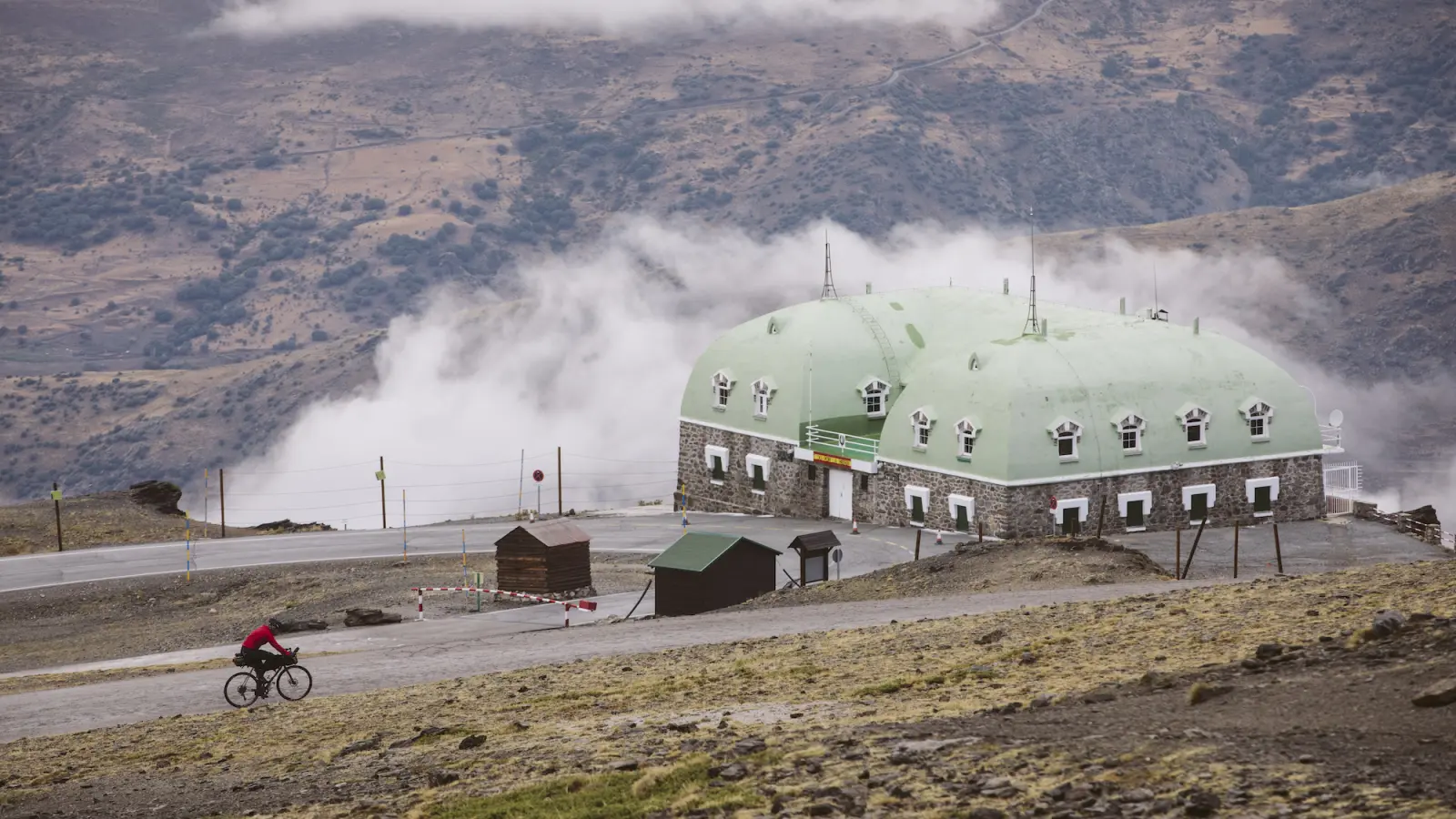DotWatcher.cc
The TransIbérica and Transpyrenees races are a highlight on the calendar for their challenging terrain and mountainous route profiles. After a prologue year last year, the startlists for both races have expanded in a big way with some ultra-racing's favourite riders making their way to Spanish soil. We discussed the races with Carlos, Azahara and David from TransIbérica Ultracycling to get an insight of what to expect this year.
What inspired you to create the TransIbérica and Transpyrenees races?
We’ve had a strong association with the audax style of cycling for a long time and when we left the Trans America Bike Race and Transcontinental races we felt that we needed to do something similar on our land.
This country has a good mix of everything: big fluctuations in weather and orography, for example the green mountainous north, the huge plateau of Castilla, the mediterranean landscapes, the deserts and mountains in Andalusia or the amazing coast of Portugal. There is also so much cultural diversity shown by influences of Romans, Celts or Arabs in our villages, customs or gastronomy. It was funny to put all of this together for one self-supported race.
Transpyrenees was born on a second step, just to give an experience mandatory for a rider at least once in life.
The TransIbérica snakes its way around the Iberian Peninsula.
Only five riders finished the 2018 TransIbérica race. Why was this and how do you think riders will fare in 2019?
It was the first edition and also our first time as organisers. We didn't promote it a lot and wanted to ensure a perfect experience for all the riders. Even our Director Carlos Mazón rode it to feel the experience. The ride conditions were also crazy, with extreme temperatures and heavy storms...we are proud of all of them, it was an amazing experience for them and also for us.
The TransIbérica has no set route whereas the Transpyrenees does. Why is this?
On TransIbérica we wanted to give some weight also to the strategy, a good study of roads, villages, orography, weather conditions etc. but Transpyrenees is different. This ride consists of climbing the most legendary cols in the Pyrenees, so we made sure there were no shortcuts or alternative routes.
Riders are treated to some of the Peninsula's most difficult terrain and weather.
Talk us through the reasons behind the checkpoints for this year’s TransIbérica Race.
Easy...we just wanted to have a little bit of everything!
Amazing climbs like La Pierre de St Martin in Pyrenees, Monte Farinha in Portugal, the mediterranean Javalambre Peak and of course the highest col in Europe, Pico Veleta at 3384m.
But we also wanted to include some of our most beautiful and diverse villages: the white towns of Andalusia, a coastal city in Portugal and a mountainous village in the heart of the green north.
And of course our most special CP for this year, the Cabo de Gata Natural Park, officially the only hot desert in mainland Europe - a magic place with incredible landscapes and beaches.
What are some of the greatest challenges riders will face during each race?
On TransIbérica the adaptation to the different conditions of the race. They will have storms, hard climbs, windy plateaus and in the same day they can experience temperatures beyond 40ºC. Their self-supported plan should also take into account that they will cross the "Spanish Lapland", a huge extensive area with a population density lower than Lapland or the Scottish Highlands.
On Transpyrenees, overall the physical and mental challenge will push riders beyond their limits.
While the Transpyrenees is a set route, riders are able to make their own way between the TransIbérica checkpoints.
There are many point-to-point races on the calendar that take riders thousands of kilometres from their starting point. Unlike a lot of these races, you offer a bag drop service between Llançà and San Sebastian which in some ways goes against the self-sufficiency ethos of ultra-racing. Why have you offered this to riders?
Good point, we discussed it for long time. Self-sufficiency is our essence, and we understand that it’s something inherent to this style of racing. All that could happen before or after the race is different, but if we can help our riders to come and participate we'll do it.
Where would you like to take each race in the future?
We’re already thinking about the next edition and the different checkpoints for each race. We'd like to go further with other local races, gravel events and other projects related to self-supported ultra-distance cycling. Time will tell!
Find out more about the TransIbérica and Transpyrenees Races on the . Entries are still open for TransIbérica and DotWatcher will be providing race commentary.

